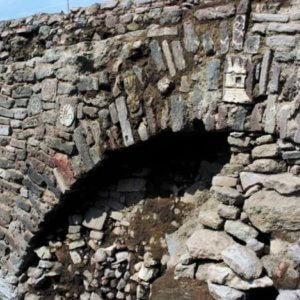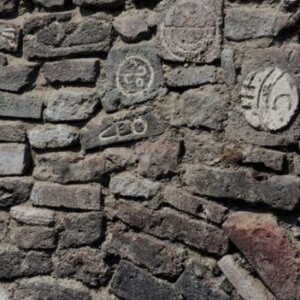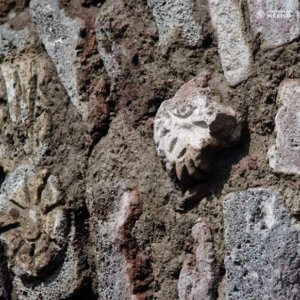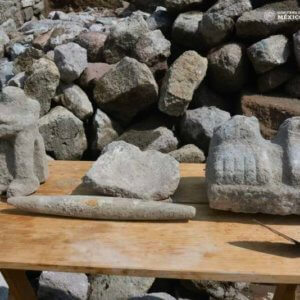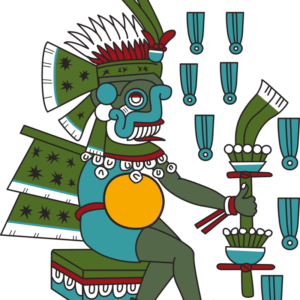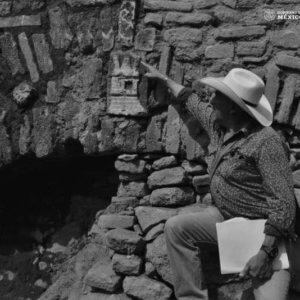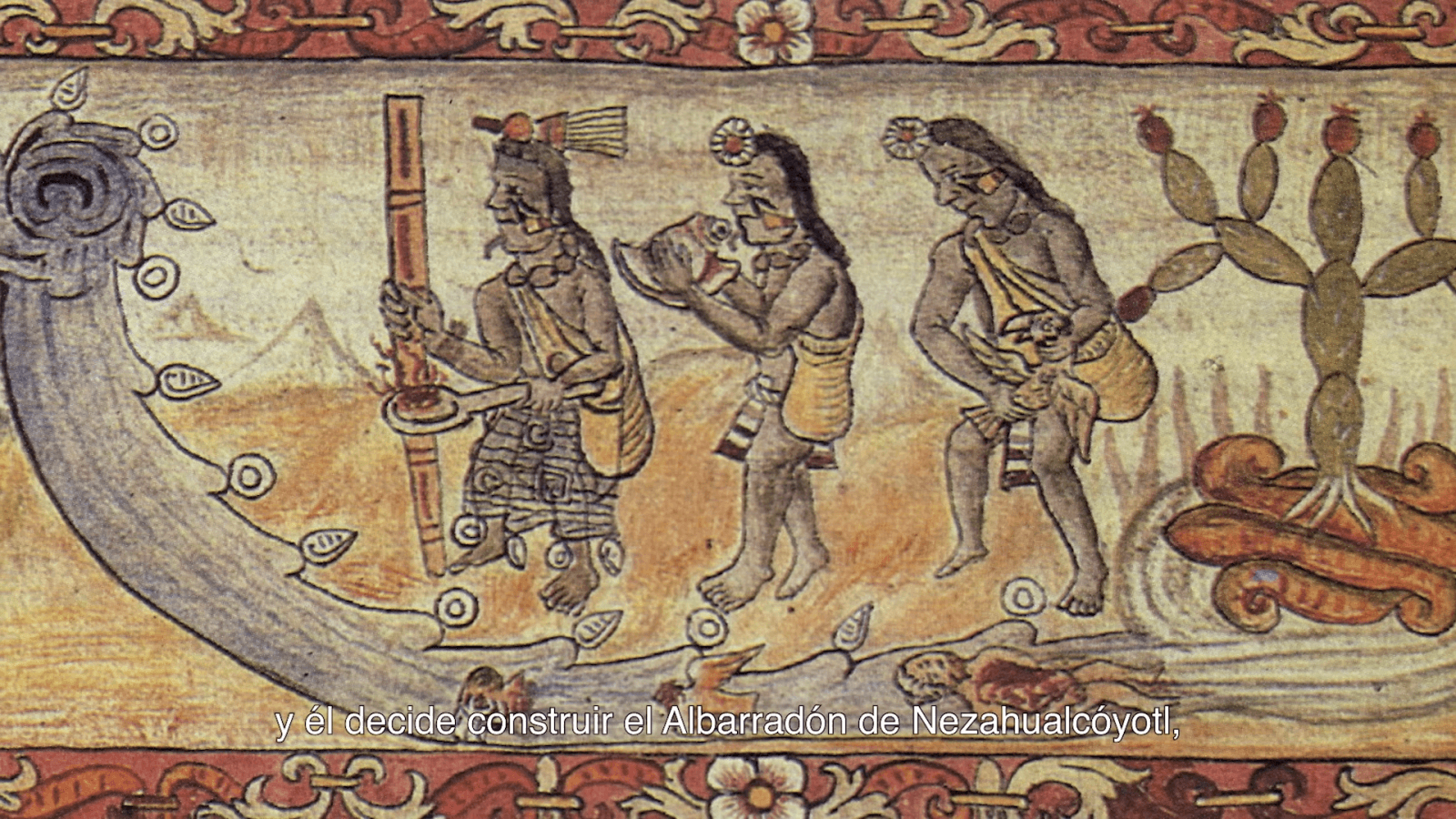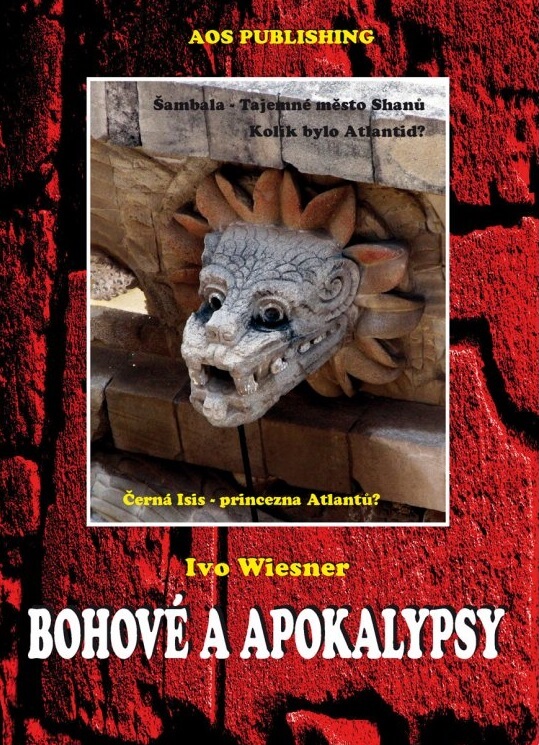
Mysterious Aztec carvings in Mexico city
 11. 11. 2019
11. 11. 2019

Mysterious carvings of the Aztecs have recently been discovered in the tunnel below Mexico City. The tunnel was only recently discovered and archaeologists say:
,, This interesting tunnel was built in the 17th century. It is decorated with 11 drawings. We assume that the drawings were created before the arrival of the Spanish conquerors, but were incorporated into the walls of the tunnel, which was built centuries later. The Aztec Empire was known for its beautiful temples, hieroglyphic script and human sacrifices. "
Among the most interesting of the paintings are chimalli, a carving of a war shield, the head of a bird of prey, a flint and an element that was described by the archaeologist as a "paper ornament".
Empire of the Aztecs
In 15. In the 18th century, the Aztec ruler Moctezuma I ordered the construction of a dam system to control the water level and possible spillage of lakes around the area, which is now the capital of Mexico city. Shortly after the commencement of construction, however, the Spanish conqueror Hernán Cortés arrived in the territory and destroyed the Aztec Empire and the upcoming system. It was not restored until 17. century and today is known as: Albarradon de Ecatepec.
Recycling of the past
So how did Aztec carvings be integrated into the construction of the water system? It was precisely because the construction began in the Aztec period. The stone used in the initial construction was probably later rebuilt, but the carvings remained there. It is assumed that the carvings and paintings were created by residents of the nearby cities of Chiconautla and Ecatepec before the Spanish invasion.
God of rain
Below the arch of the main tunnel is also a drawing of a temple dedicated to Tlaloc, who was an Aztec god of rain, earthly fertility and water. Other artifacts made of glass and porcelain, a type of clay called Majolica, and a statue of a seated person without a head were also found on the site. All these findings suggest that the drawings and artifacts were used effectively in the context of initiation to Tlaloc.
Massive construction project
The construction of Albarradon de Ecatepec lasted for years, with thousands of natives working on it. While the newly discovered stucco and reliefs show the influence of indigenous peoples, some of the design techniques are more similar to European methods. Thanks to the preservation of the building, Aztec elements could be preserved. The Mexicans are aware of this and are trying to protect this heritage.





 1
1